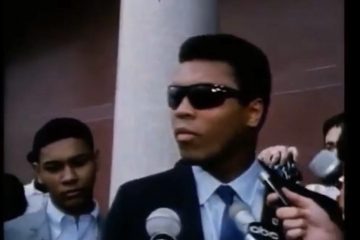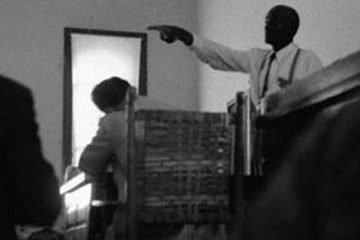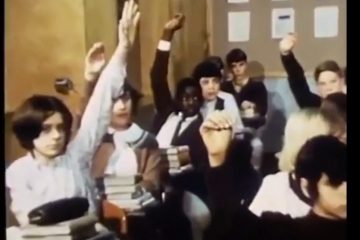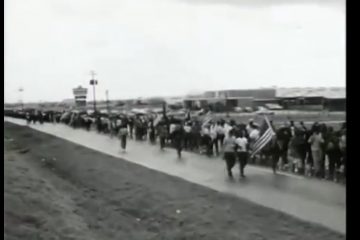How Civil Disobedience Helps Overcome Oppression: Part 4
“The Method’s First Victory”
During the Sept 1955 Emmett Till case, Black journalists, witnesses, and even Till’s mother stayed at businessman and surgeon T.R.M Howard’s house in Mississippi for protection. Following Till’s killers’ acquittal, T.R.M. Howard made speeches across the country on the Till case, which attracted thousands.
One of those mass speeches was held at Dexter Ave Baptist Church in Montgomery Alabama, hosted by a 26-year old pastor named Dr. Martin Luther King Jr and attended by a 42-year old seamstress & NAACP secretary named Rosa Parks.
Four days after that mass meeting, on Dec 1, 1955, with the Emmett Till case still on her mind, Parks refused to give her seat to a White bus passenger and was arrested for violating local bus segregation laws.
E.D. Nixon, president of the Montgomery NAACP Chapter, bailed Parks out and used her case to help end bus segregation. Nixon worked with Jo Ann Robinson from the Women’s Political Council, who thought of a bus boycott to protest Parks’ upcoming trial. The news spread at Black churches during the following Sunday services on Dec 4, and the following day, Dec 5, Black residents boycotted the city buses since Parks’ trial was that day.
Inspired by the success of the one-day boycott, a new organization was formed to maintain the boycott (called the “Montgomery Improvement Association”), and tapped Dr. King to lead the efforts.
Dr. King used the Gandhi satyagraha method (“non-violent civil disobedience”) he learned, helped the boycott sustain over 1 year, gained national prominence due to his speaking ability and friendly approach, and delivered a VICTORY when buses were desegregated — providing a new method African-American people can use to stand up against the White system … and win.
View Part 5 here.
View Part 3 here.
—
**About this series:
We’re showing a multi-part series on how CIVIL DISOBEDIENCE has been the main catalyst that has overcome oppression in the U.S.













